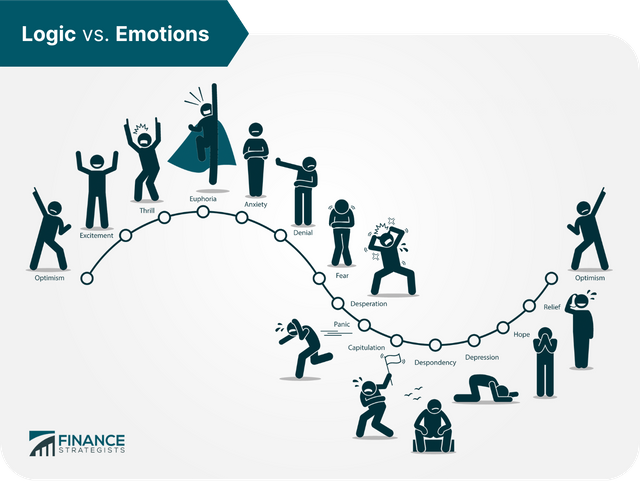Decoding Marketing Strategy: Traditional vs. Digital In a dynamic marketing environment, companies are faced with important choices between traditional and digital marketing strategies.
Let's delve into the intricacies of each approach and explore key guiding principles and key keywords.
**Traditional Marketing: ** 1.
**Touchable Outreach: ** - Physical marketing such as brochures, posters, and direct mail to create a visible brand presence.
Focus on the material.
**Broadcast Platform: ** - Television and radio advertising serves as a powerful broadcast platform while reaching a wide audience.
**Localized Targeting: ** - Traditional methods are great at targeting local audiences and fostering community connections.
**Personal Interactions: ** – Personal interactions at events, trade shows, and conferences build personal relationships with customers.
**Brand Trust: ** - Established brands often rely on the trust that comes with traditional advertising channels.
**Digital Marketing: ** 1.
**Global Reach: ** - Connect with a global audience using the Internet while overcoming geographic limitations.
**Analytical Insights: ** - Leverage data analytics tools to gain accurate insights into consumer behavior and enable data-driven decision making.
**Cost-effectiveness: ** – Digital channels often offer cost-effective solutions that are particularly beneficial for start-ups and small businesses.
**Interactive Content: ** – Engage your audience with interactive content like surveys, quizzes, and social media interactions.
**Real-time adaptability: ** - Get instant feedback and adjust your marketing campaigns in real-time for optimal results.
**Keywords: ** - Traditional Marketing: Specific reach, broadcast platforms, localized targeting, personal interactions, brand authenticity.
– Digital Marketing: 's global reach, analytical insights, cost efficiency, interactive content, and real-time adaptability.
*Conclusion: * In the era of digital transformation, the debate between traditional marketing and digital marketing is not about choosing one over the other, but rather about finding a synergistic balance.
Strategically combining the two enables dynamic marketing strategies that cater to a variety of consumer preferences.
As companies address this situation, it is important to understand the strengths of each approach in order to design a successful marketing mix.

